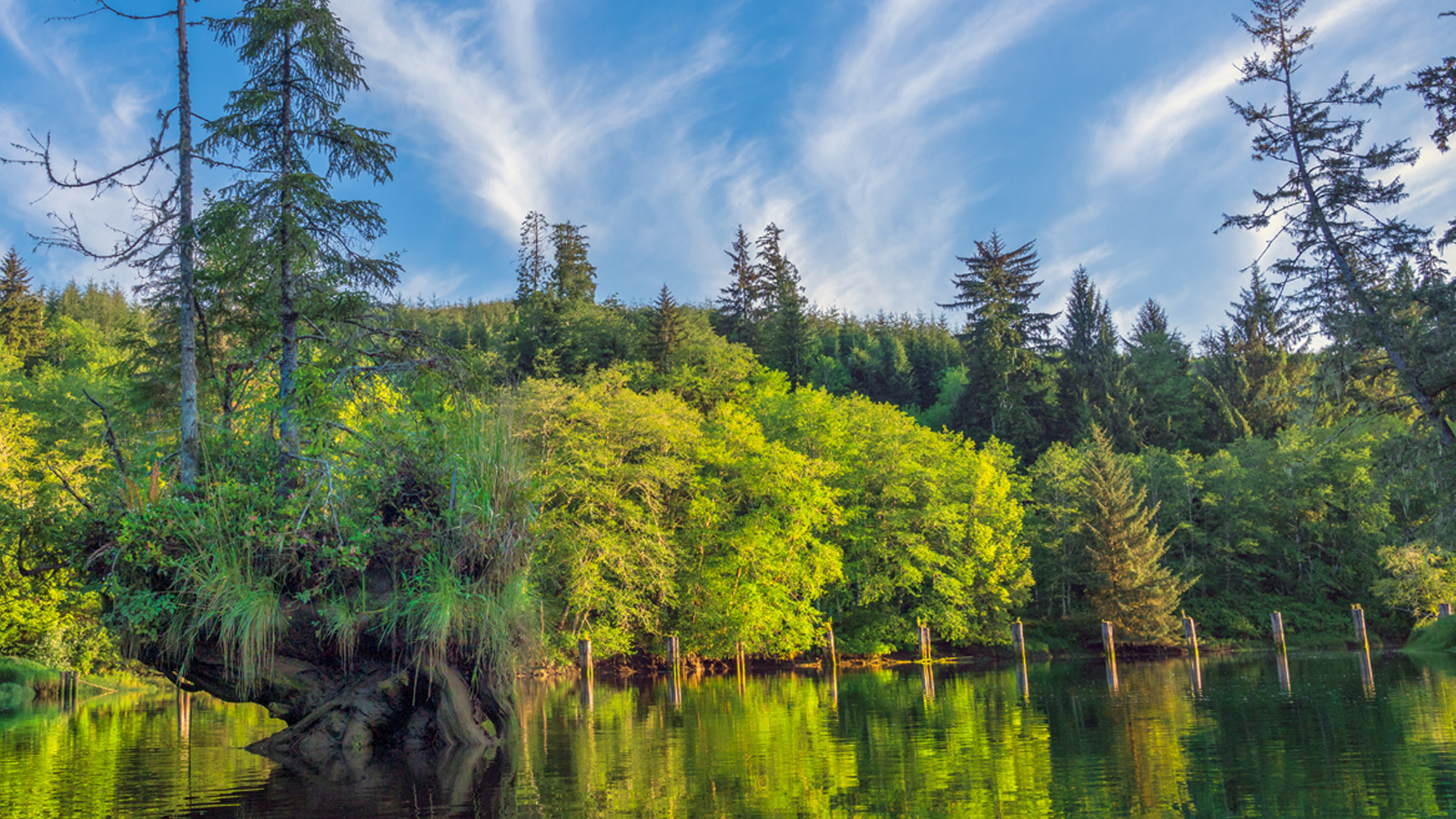Aquatic Species Restoration Plan
2023 Progress
Large wood structures and new aquatic habitat created at the Satsop River Early Action Reach Restoration Site.
Photo credit: Washington Department of Fish and Wildlife
The Aquatic Species Restoration Plan (ASRP) 2023 progress update shows how the ASRP program is growing, maturing, and how science continues to inform our work. This year’s update expands on the framework that guides aquatic habitat restoration and protection in the Chehalis Basin and highlights implementation accomplishments for this young program.
Project Implementation: Progress and Accomplishments
Since 2015, the state has invested approximately $60.5 million dollars on ASRP project development, design, and implementation to benefit aquatic species across the Basin.
See how progress has been made in each county in the map below.
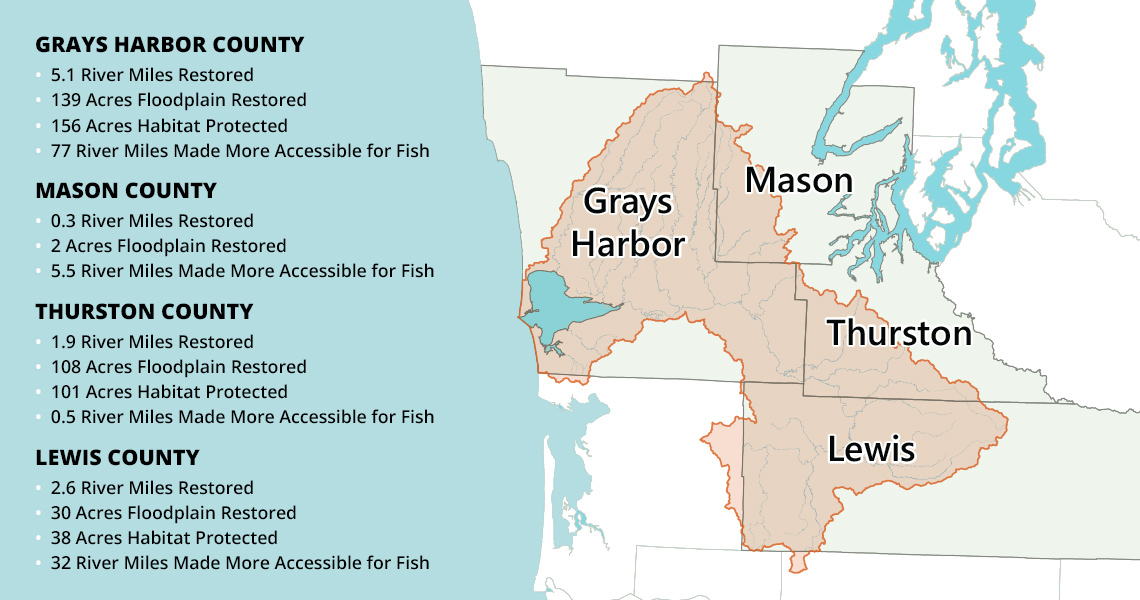
Since 2021, approximately $17.8 million dollars was distributed for on-the-ground restoration and protection projects.
The ASRP’s prioritization and sequencing approach has guided over 85% of the project funding to geographic areas that are the near-term priorities (years one through ten). The plan has helped:
- Restore over nine miles of river and stream habitat
- Correct the highest priority barriers to fish passage
- Control invasive species and install riparian plantings
- Support five amphibian-focused projects
- Propel the ASRP program toward our goal to restore 400 acres of floodplain habitat
The ASRP’s full 30-year plan will require rapidly increasing investments, matched with building capacity of our project sponsors and contractors in the Basin through at least 2030.
In 2023, the ASRP Steering Committee recommended funding for several new projects that achieve:
- Invasive species monitoring and management
- Beaver habitat restoration
- Floodplain plantings and restoration design across 24 acres
- Large scale holistic restoration spanning two high-priority stream miles
Chehalis Basin Strategy Budget 2023-2025
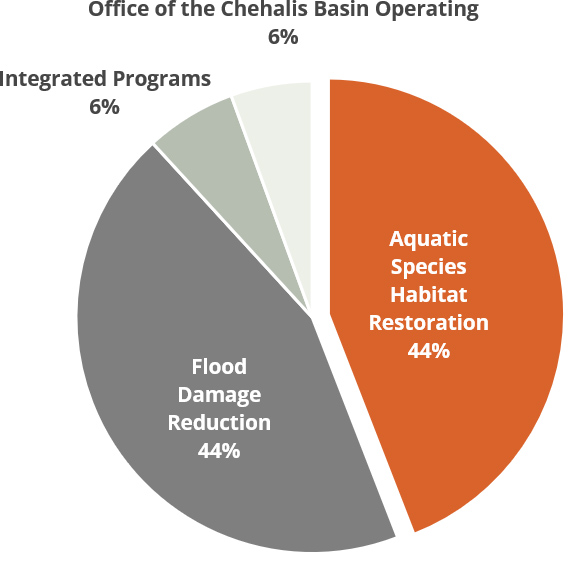
Aquatic Species Habitat Budget 2023-2025
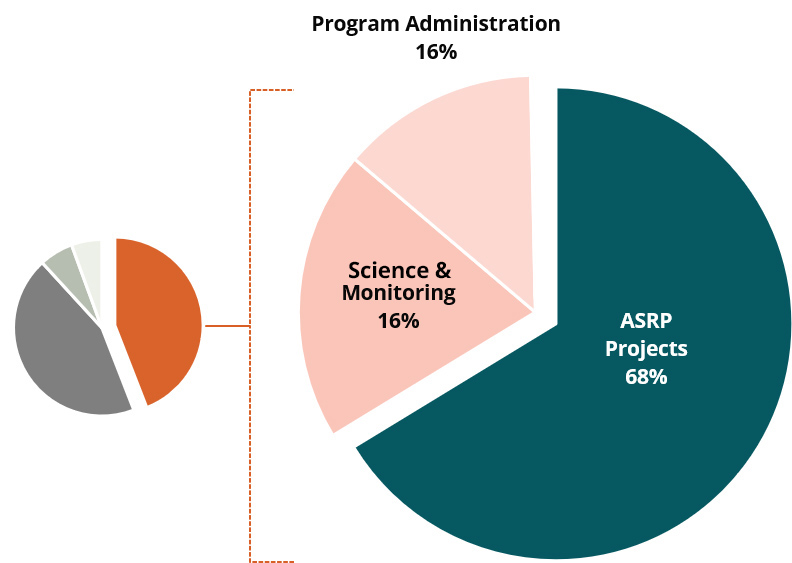
Aquatic Species Restoration Plan Projects Approved Since 2015
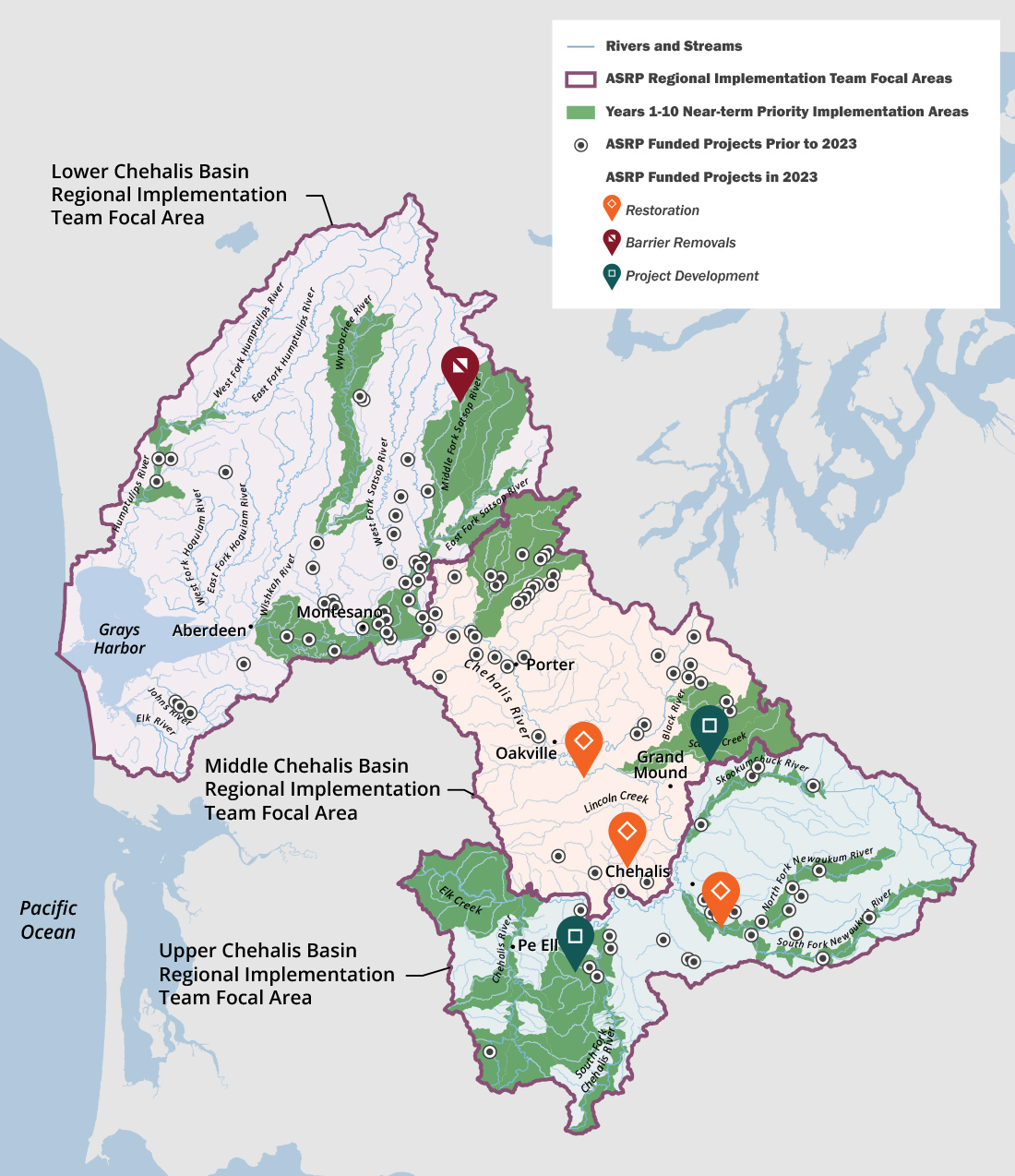
ASRP Project Feature: Wildcat Creek Culvert Removal Project
In 2023, three culverts were replaced with three concrete bridges on Middle Fork Wildcat Creek in Grays Harbor County to reduce flooding and provide unimpeded access to four stream miles for migrating Coho salmon, steelhead, and other trout. The project was sponsored by the Chehalis Basin Fisheries Task Force (CBFTF) and funded through the ASRP.
The implementation of a culvert replacement strategy tailored to the unique needs of both the public and salmonids of Middle Fork Wildcat Creek is an exemplary representation of how entities can work together to achieve a common goal.
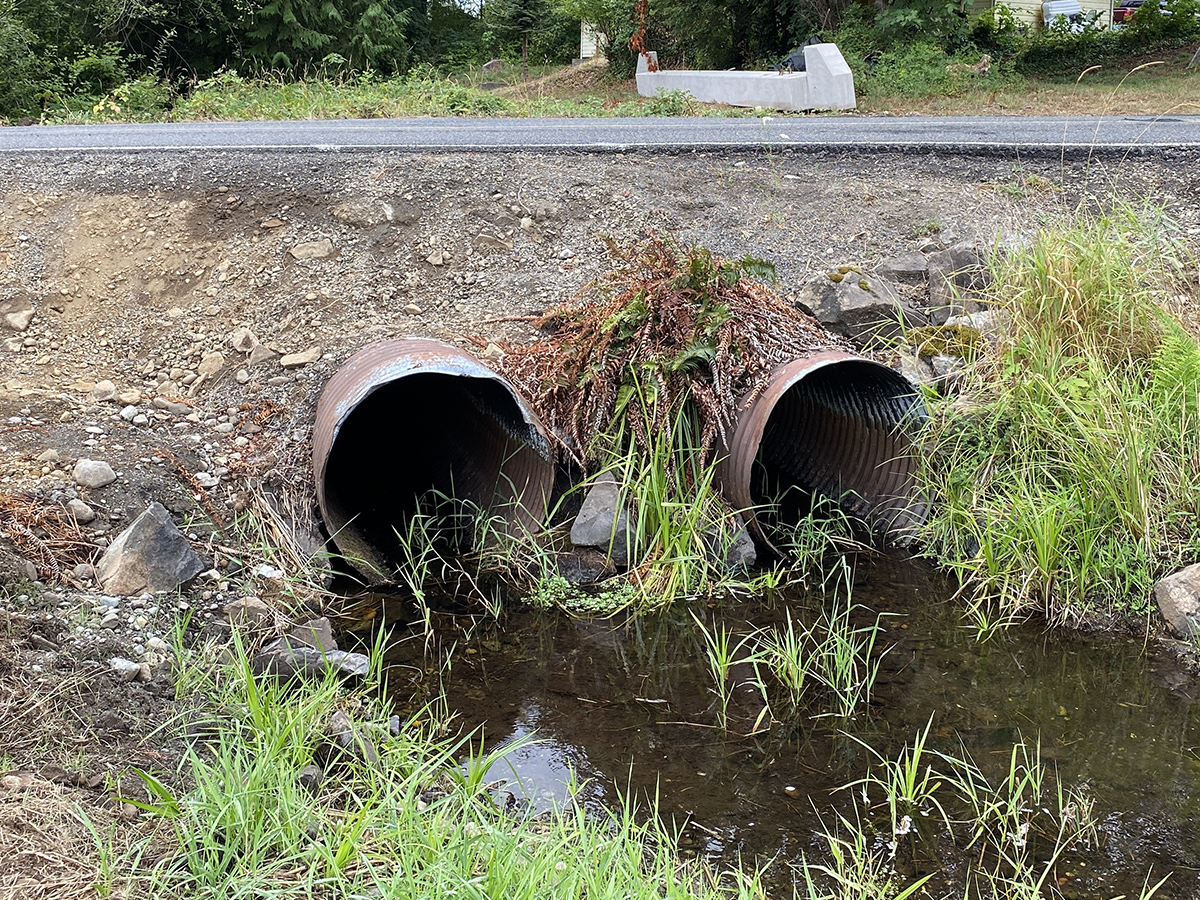
Photo credit: CBFTF and Kirsten Harma
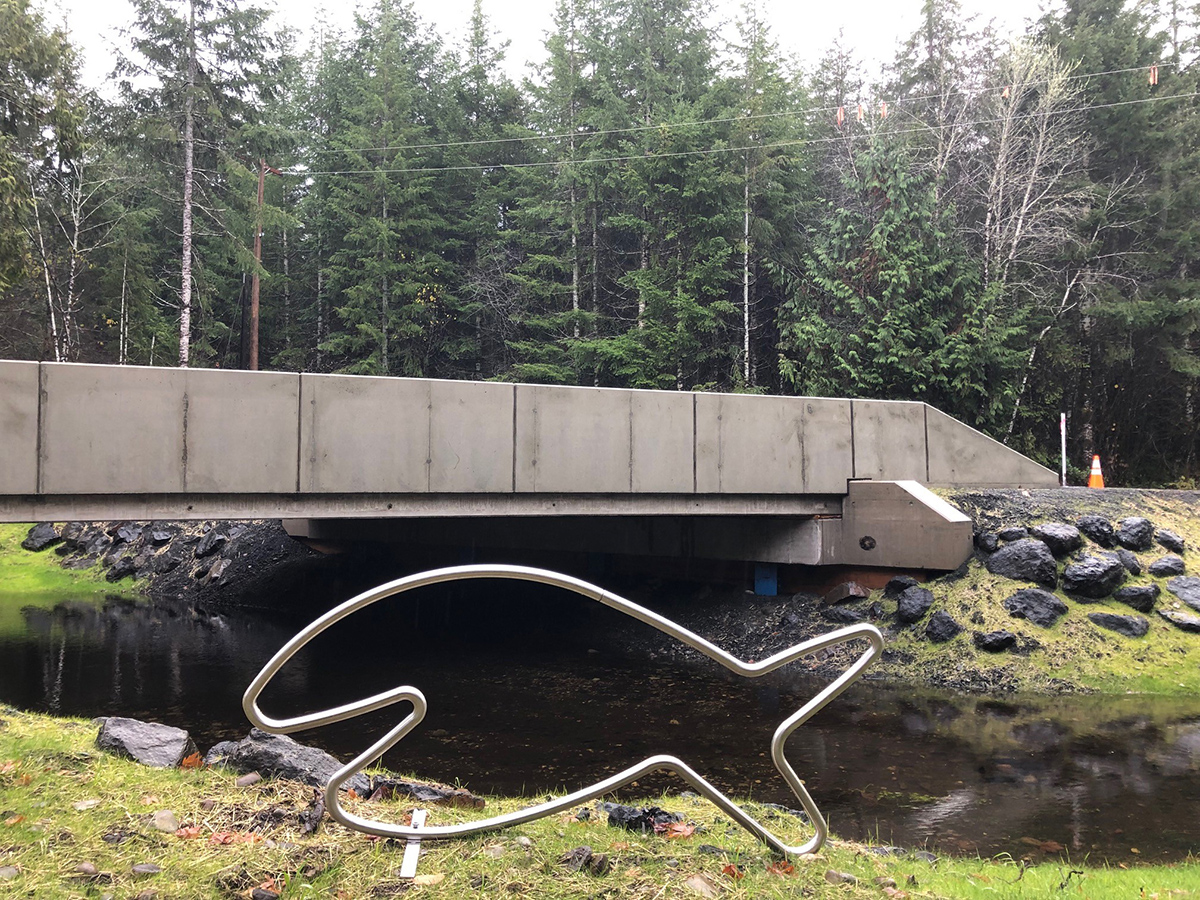
Photo credit: CBFTF and Kirsten Harma
The ASRP’s Accelerated Project Approval Process
The ASRP built a process to fund projects quickly and on a rolling basis. By streamlining administration and coordinating timely review at all phases of the project, ASRP bolsters capacity and expedites funding decisions.
Locally-based Regional Implementation Teams ensure the projects proposed align with ASRP priorities.
The Technical Review Team reviews concepts and designs for technical merit at key stages throughout project development.
The Steering Committee ensures projects meet programmatic goals prior to recommending for approval.
The Office of Chehalis Basin approves smaller projects, reserving the attention of the Chehalis Basin Board for projects greater than $500,000.
The ASRP funds projects based on science-informed prioritization of where projects will most benefit species and habitats.
The ASRP program refined our review and approval processes in 2023 including additional support to develop projects and improve information sharing.
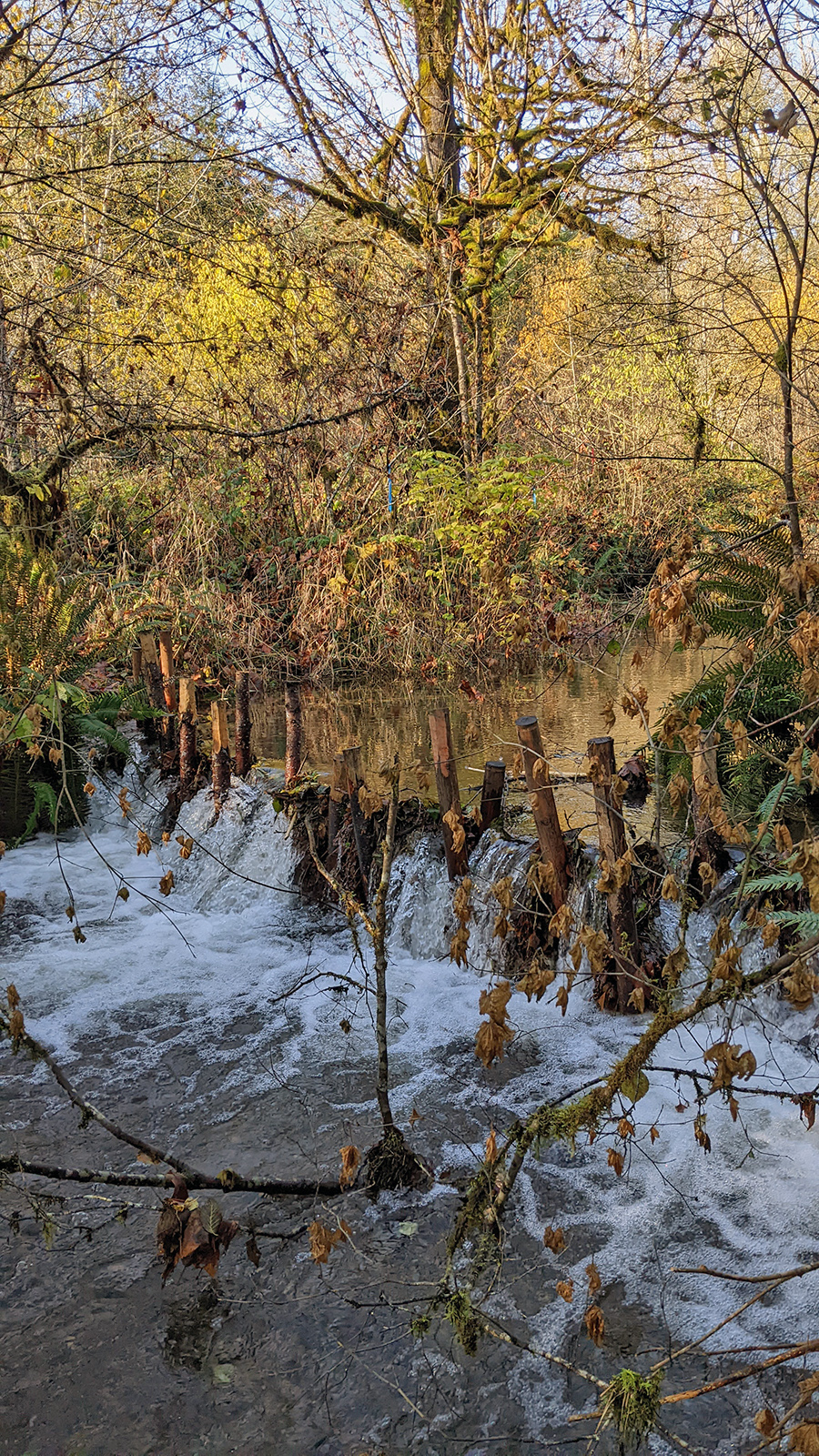
Photo credit: Karl Veggerby
Science, Monitoring, and Adaptive Management
The ASRP’s Technical Advisory Group (TAG) supports the Steering Committee by conducting studies and research in the Basin, applying scientific findings from other basins and providing technical recommendations for consideration.
The ASRP organizes restoration and protection actions spatially by Ecological Regions (and smaller Geospatial Units within those Ecological Regions). Currently, implementation focuses on the near-term priority areas (first 10 years) to generate the greatest habitat and species uplift.
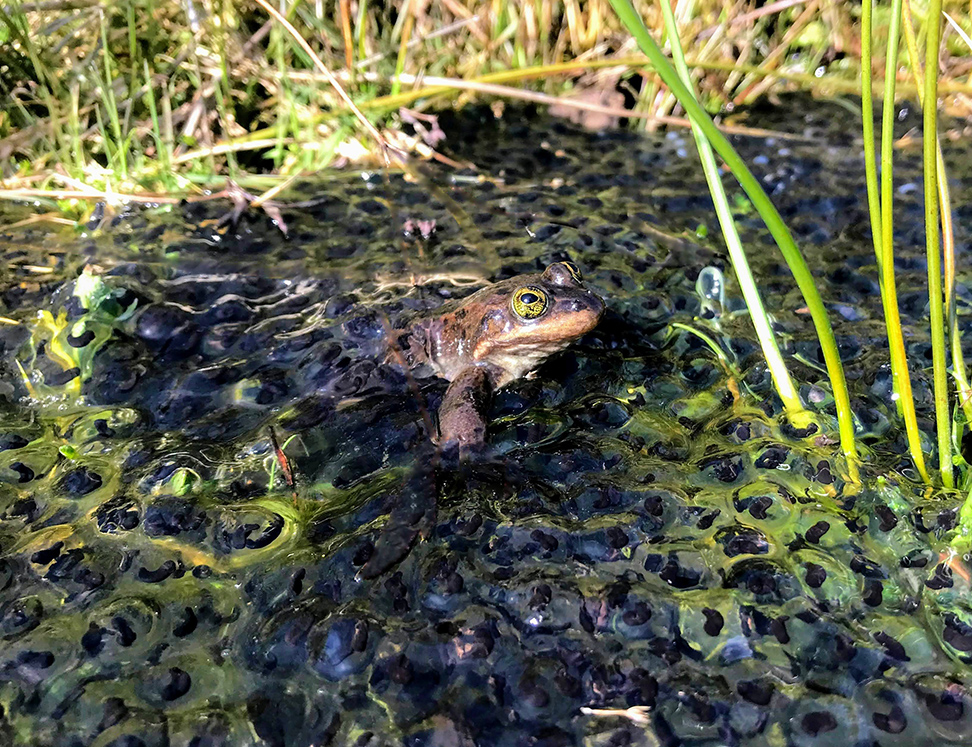
Photo credit: U.S. Fish and Wildlife Service
In 2024, the TAG looks forward to incorporating a new Ecological Region, the Grays Harbor Estuary into the ASRP’s 30-year prioritized plan. All anadromous fish that enter and exit the Chehalis Basin pass through and utilize the estuary, which is a unique habitat for numerous aquatic species, and critical at multiple life stages. Currently, the Grays Harbor shoreline is designated as an ASRP mid-term priority until further restoration and protection actions are identified. Work in the adjacent Chehalis Tidal geospatial unit is on-going and is incorporated into the new Estuary Ecological Region, and is a key element that provides climate change resilience in the basin.
Scientific monitoring informs ASRP plan development and project implementation through adaptive management.
Each year, the ASRP TAG collects and reviews new information emerging both from our scientific monitoring studies and out of basin science (such as Intensively Monitored Watersheds) and provides recommendations for adaptive management to the ASRP Steering Committee through a process described in the ASRP Monitoring and Adaptive Management Plan (2021).
In 2022 and 2023, a total of 16 ASRP monitoring studies reported out progress and conclusions (listed in the orange box below). The TAG identified some urgent topics and issues to enhance the ASRP:
- Rapid climate change and continued degradation of temperature and flow conditions across the basin, including areas critical for spring Chinook salmon in the Newaukum and Skookumchuck rivers
- Observed freshwater mussel declines and die-offs that continue to raise alarms relative to water quality and other habitat stressors
- The need for resilient habitats to support the Endangered Species Act listed Oregon spotted frog
- Incorporation of new assessment data into project guidance
- Building awareness and understanding around headwater habitat needs and uplift opportunities, including areas occupied by coastal tailed frogs, an ASRP focal species
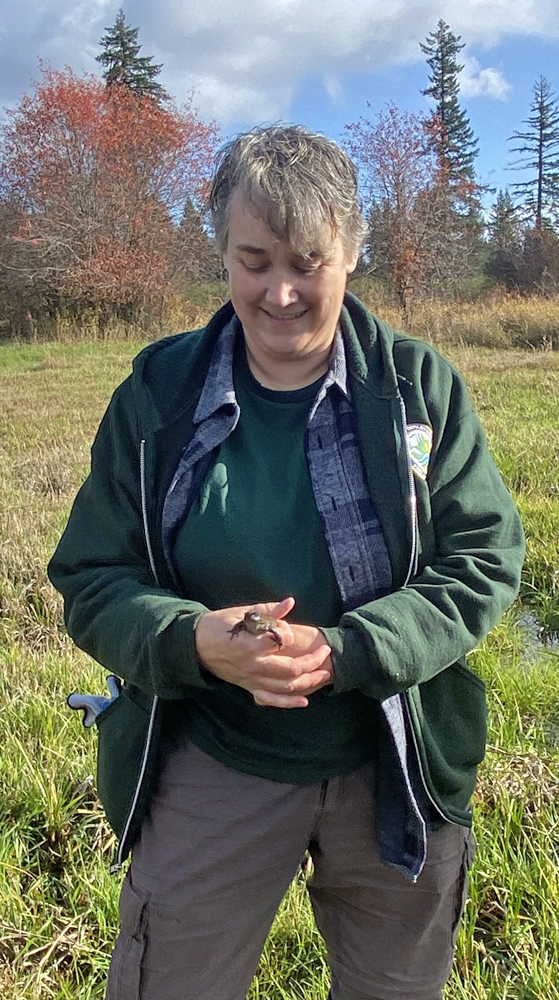
Photo credit: Kiana Sinner
Community Involvement
Community involvement and community planning are among the five key ASRP elements and a central component of the ASRP program. Regional Implementation Teams led by in-basin conservation districts guide outreach to landowners and coordination with project sponsors to identify project opportunities and align them with the community’s needs.
- Get Involved with the Chehalis Basin Strategy
- Connect with Regional Implementation Teams for the ASRP
- Explore Restoration for Salmon Recovery Led by the Chehalis Lead Entity
Look Ahead
More information coming soon on the 2024 ASRP Symposium. This two-day event (April 17 to 18) will highlight scientific and project case studies.
Grays Harbor Stream Team Volunteer Event at the Satsop Early Action Reach, Winter 2022.
Photo credit: Grays Harbor Conservation District
ASRP and the Chehalis Basin Strategy
The Chehalis Basin Strategy represents an innovative, collaborative, and forward-looking network of partners tackling complex integrated water resources management.
The ASRP continues to advance restoration projects that dovetail with other Chehalis Basin Strategy programs. Integration of elements across programs is already in action:
- The Chehalis Basin Strategy Report describes the integrated long-term plan to improve aquatic species and reduce flood damage, updated by this year’s Chehalis Basin Strategy 2023 Year in Review.
- The Erosion Management Program promotes the use of natural materials in bank protection to maintain and improve stream and riparian habitat while also slowing erosion.
- The Voluntary Acquisition Program workgroup that develops an acquisition framework to support projects reducing flood damages and improving habitat for aquatic species.
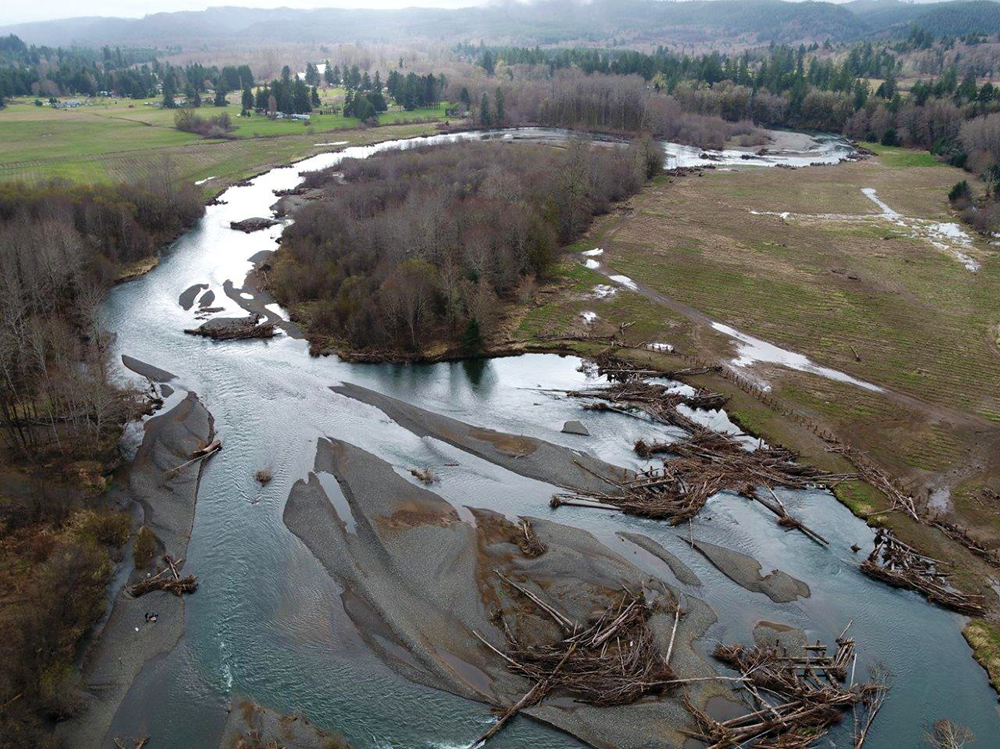
Photo credit: Washington Department of Fish and Wildlife
A Look Ahead: ASRP’s Critical Role in the Chehalis Basin
Salmon runs in the Chehalis Basin have declined precipitously in recent years.
- Salmon habitat is reduced by as much as is 80-87% from historical levels.
- Existing salmon populations are now less than 50% of their historical run sizes.
- Spring Chinook salmon, culturally significant to the Quinault Indian Nation and the Confederated Tribes of the Chehalis Reservation as the first salmon species to return to the rivers in the spring, have been petitioned for Endangered Species Act listing and are estimated to be just 23% of the historical population in the Chehalis Basin.
Investments and ASRP actions must ramp up soon to keep pace with the 30-year plan for the basin and projected climate change impacts. Otherwise, Chehalis River spring Chinook could be lost entirely by 2080 or sooner, along with a significant portion of the economically vital steelhead trout runs.
Climate change is spurring drought and longer, hotter summers. This will extend and expand insufficient stream flows and lethal water temperatures throughout much of the Chehalis Basin with severe expected outcomes for aquatic life.
Winter flooding in parts of the Chehalis Basin plays an important role in habitat creation and ecosystem function. However, the intensity of winter flood and high-flow events are increasing with climate change, and these events can damage spawning grounds, impacting already-struggling fish populations.
While people, communities, and infrastructure, can adapt to increased flooding and other intensifying effects of climate change, fish and other aquatic species need more help to adapt to these impacts on the same time scale.
ASRP actions address a variety of these needs across the landscape, and especially in the face of climate change, investments in ASRP will continue to play a critical role in building the resilience of the Chehalis Basin’s communities and aquatic resources.
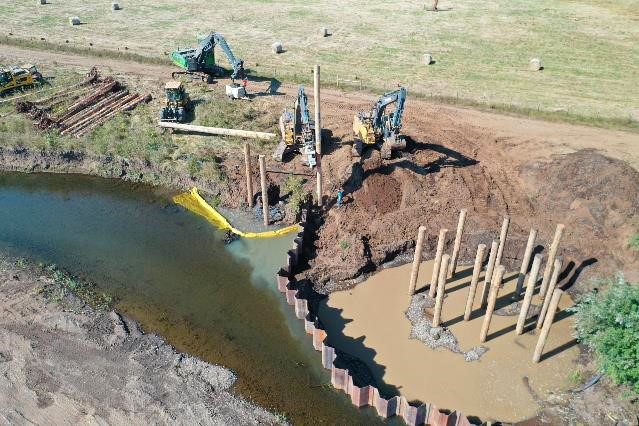
Photo credit: Washington Department of Fish and Wildlife
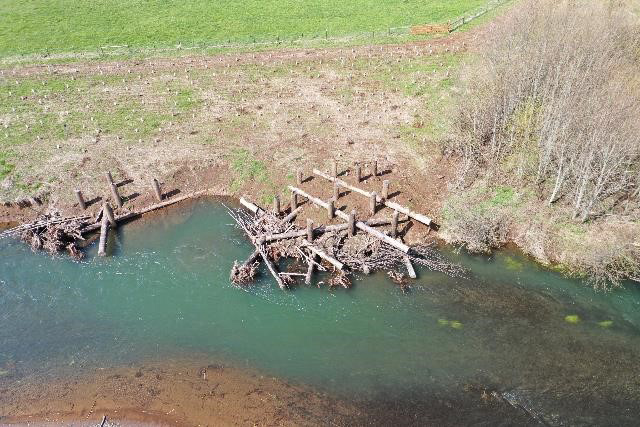
Photo credit: Washington Department of Fish and Wildlife
